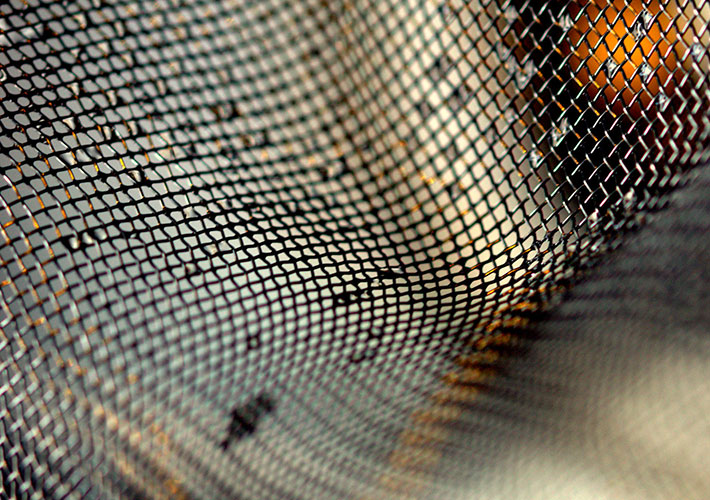
Oct 11, 2018
ASTM International’s committee on particle and spray characterization (E29) is working on a new standard that aims to reduce uncertainty from an existing test method (bubble point test) for woven wire filter cloth. The material, also known as Dutch weave, is used for general industrial filtration including separation of solids from fluids.
The bubble point test determines the pressure at the largest pore in a sample of Dutch weave and converts thatto a pore size by calculation using what is called a tortuosity factor.
According to committee member Jeff Burkett of Norman Filter Company, a need arose for filter cloth users to classify specifications based on pore size or filtration ratings, typically in microns. He says this new test method will include guidance to tortuosity factors based on current computer modeling techniques.
“The new test method will benefit both users and producers of woven wire filter cloth by identifying, controlling, and mitigating uncertainty from bubble point test specific variables,” says Burkett. “Standardizing and controlling bubble point testing will allow users and producers to correlate current and future pore characterization methods back to a controlled, repeatable, and cost-effective non-destructive test.”
ASTM welcomes participation in the development of its standards. Become a member at www.astm.org/JOIN. The next meeting of the committee will be Oct. 22-23 in Washington, D.C. (USA).
November / December 2018
028